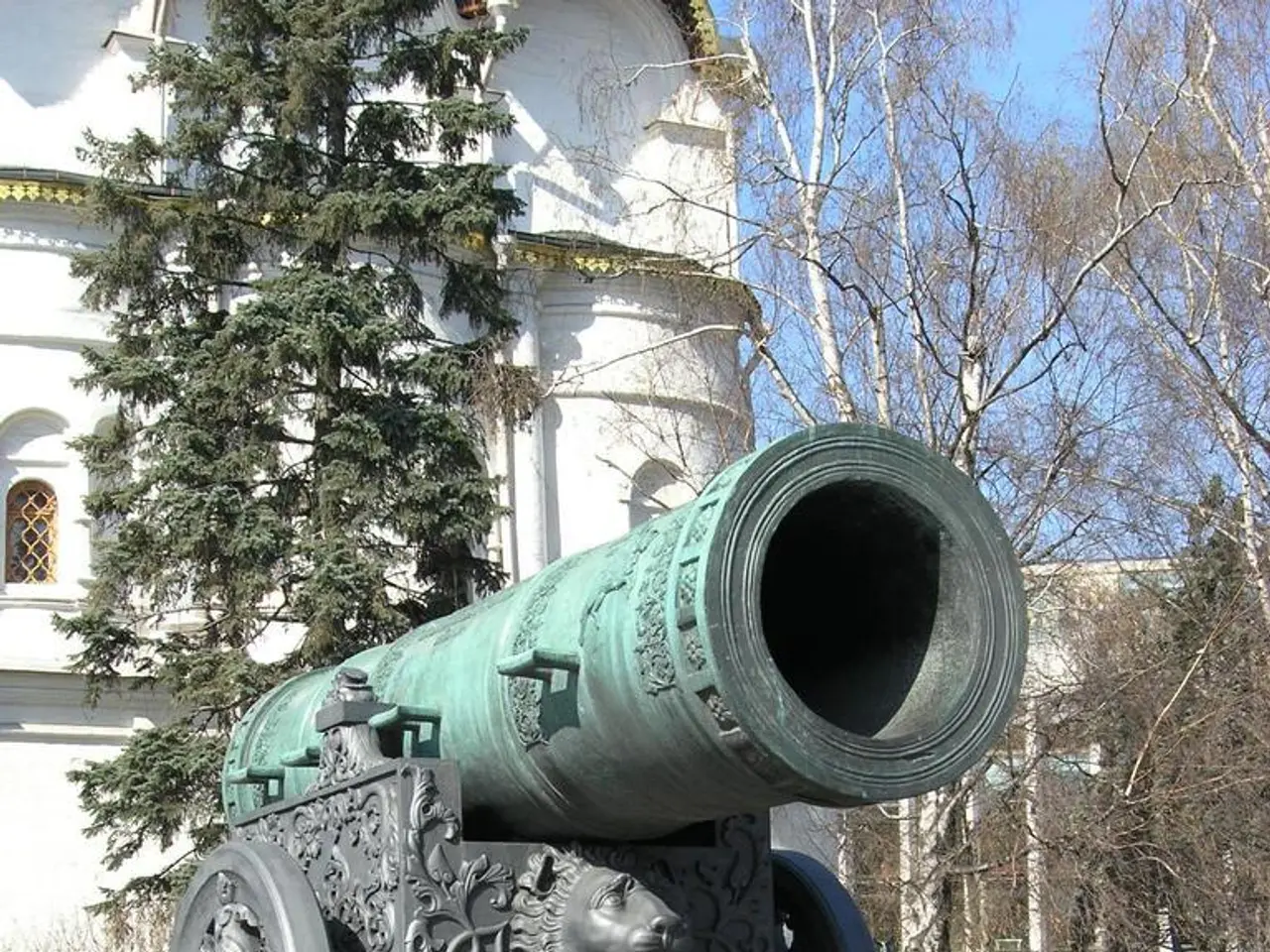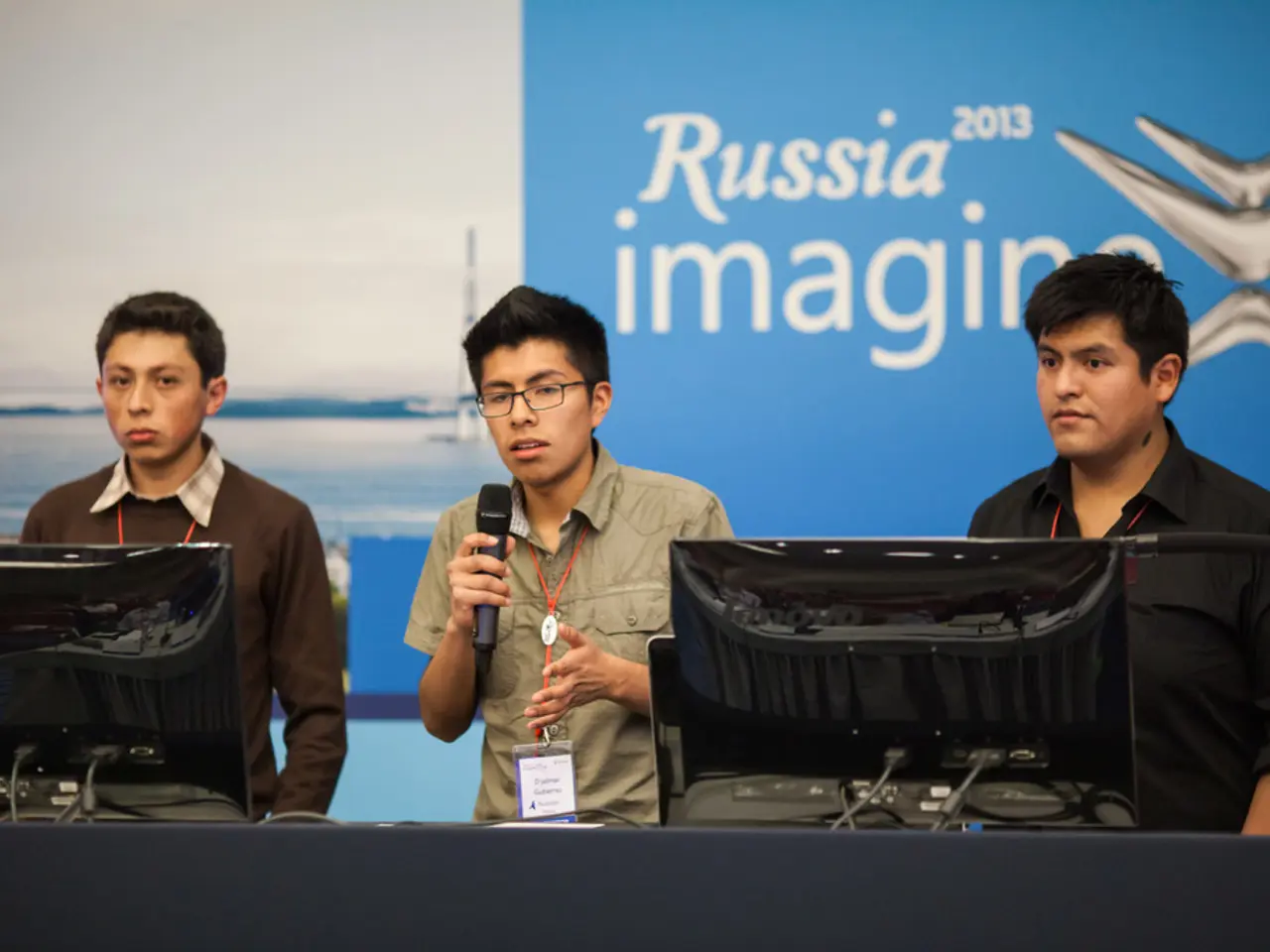Moscow takes a firm stance, abandoning plans to relinquish land-based nuclear weapons.
In a move that escalates military tensions in Europe, Russia has ended its voluntary moratorium on deploying nuclear-capable, intermediate-range missiles in Europe. This decision comes after the U.S. withdrew from the Intermediate-Range Nuclear Forces (INF) Treaty in 2019.
The INF Treaty, signed in 1987 by Mikhail Gorbachev and Ronald Reagan, aimed to eliminate all land-based ballistic missiles and cruise missiles with ranges between 500 to 1,000 kilometers and 1,000 to 5,500 kilometers. The treaty was crucial in reducing the nuclear threat during the Cold War era. However, the U.S. has long accused Russia of violating the INF Treaty, an allegation that Russia denies.
Russian officials, including former President Dmitry Medvedev, attribute this move to NATO's "anti-Russian policy" and the deployment of U.S. missiles in Europe and the Asia-Pacific region, which Russia views as destabilizing. Vladimir Putin, the Russian President, had previously threatened a "symmetric" response to the planned U.S. deployment of missiles in Germany by 2026.
The Kremlin has indicated that there may be no formal public announcement of missile deployments, highlighting the sensitive, non-public nature of such defense decisions. Russia has stationed nuclear-capable Iskander missiles in the Kaliningrad exclave, and reports suggest that weapons for Russia's response to the U.S. deployment were almost ready last year.
The U.S., in response, is planning to deploy Tomahawk cruise missiles and SM-6 air defense missiles in Germany. The Tomahawk cruise missiles, which can be equipped with nuclear warheads, have not yet been deployed but are seen as a potential development in the ongoing conflict regarding the INF Treaty. The deployment of these US weapons is intended as a deterrent against Russia, but it could further escalate tensions between the two nations.
This development has heightened military tensions in Europe, as the deployment of nuclear-capable missiles with intermediate ranges could shift regional strategic balances, increasing risks of confrontation and complicating arms control efforts. On the international stage, this escalates the erosion of Cold War-era arms treaties and signals a renewed emphasis on missile capabilities by both Russia and NATO, with the U.S. responding by deploying nuclear submarines.
As the world watches, the strategic landscape of Europe is changing, and the future of arms control treaties hangs in the balance. The deployment of nuclear-capable missiles by both Russia and the U.S. increases the geopolitical risk in the region and could potentially lead to a new arms race.
[1] The New York Times [2] BBC News [3] The Washington Post
- Amidst escalating war-and-conflicts and politics, Russia has ended its moratorium on deploying nuclear-capable, intermediate-range missiles in Europe, following the U.S.'s 2019 withdrawal from the Intermediate-Range Nuclear Forces (INF) Treaty.
- The U.S.'s policy-and-legislation, including the planned deployment of Tomahawk cruise missiles and SM-6 air defense missiles in Germany, is seen as a deterrent against Russia but could further escalate crime-and-justice in the form of tense relations between the two nations.
- General-news outlets, such as The New York Times, BBC News, and The Washington Post, have been closely covering this development, emphasizing its potential impact on the strategic landscape of Europe and the future of arms control treaties, while also addressing the related geopolitical risks and possible implications for a new arms race.







